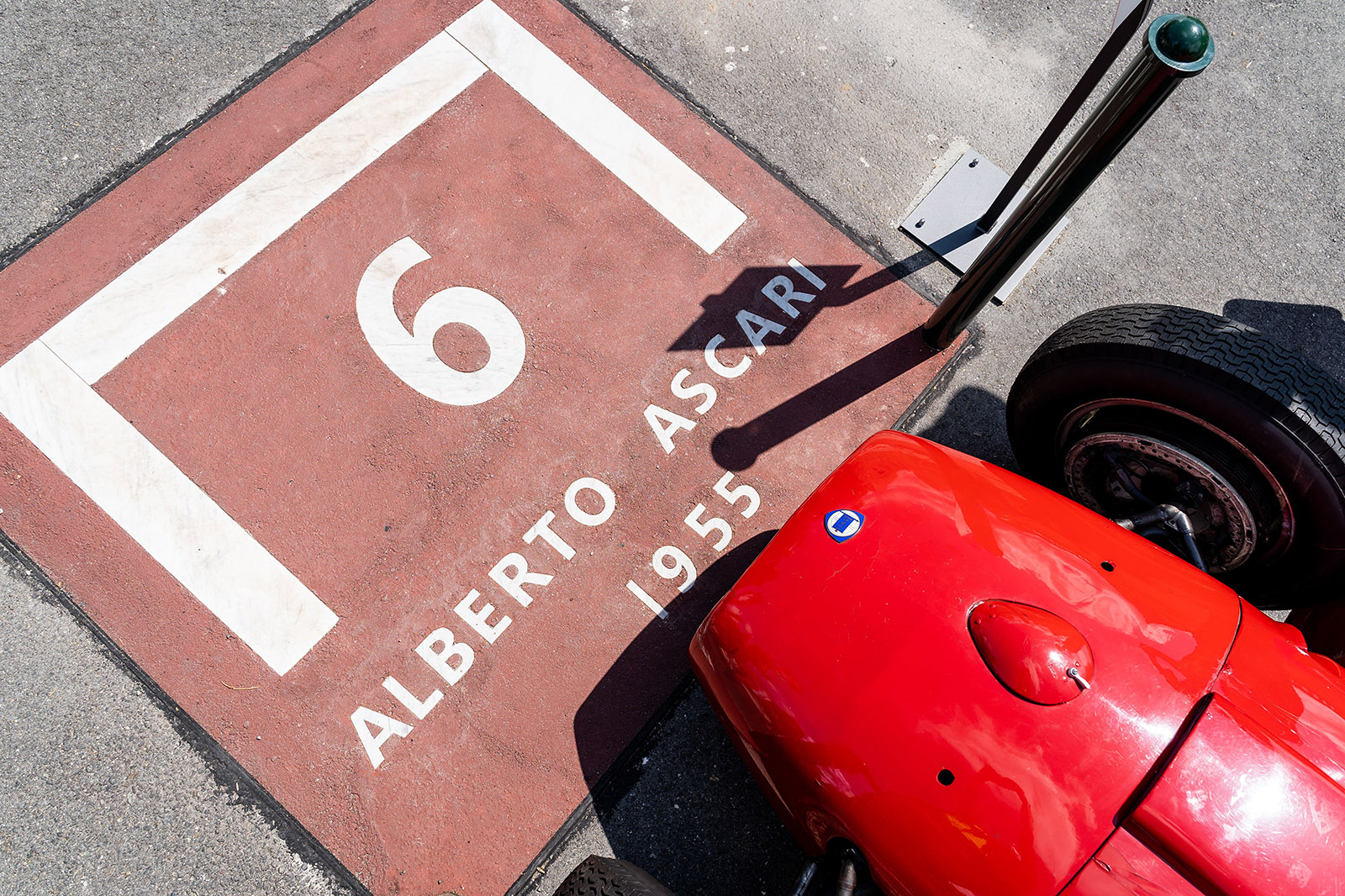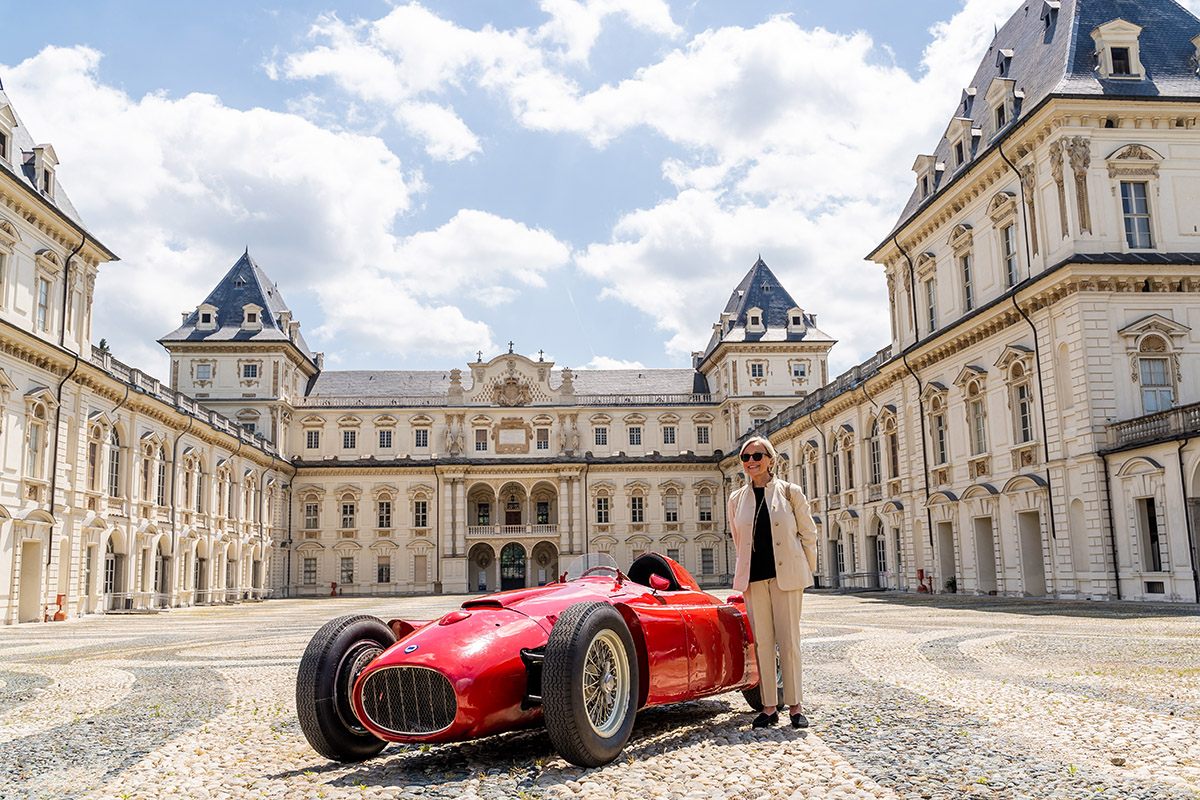Turin commemorates Alberto Ascari’s victory at the 1955 GP

The position of the great champion's Lancia D50 at the start of the 1955 Grand Prix is now set forever in Valentino Park
In March 1955, Alberto Ascari won the seventh and last Valentino Grand Prix with a Lancia D50. The competition started right in front of the Castle, in Valentino Park, and Ascari won by completing the 90 lap race in two hours and 40 minutes at an average speed of 140 km/h. To celebrate this great feat, a white marble inscription was set into the asphalt, bearing the driver’s name and race number (which was 6) at the precise location occupied by his D50 on the starting grid.


A town’s heritage. The historic monument dedicated to the Milanese driver within the urban park was recently restored and inaugurated on May 26, 2021 on the initiative of the ARTES-APS association, dedicated to the recovery and restoration of the historical and artistic heritage of the Piedmont capital. The Stellantis Heritage Department also took part in the ceremony – as well as Asi, Automotoclub Storico Italiano – bringing with it as a guest of honour one of its most precious jewels, nothing less than an original D50. An impressive symbol of speed and of the strength of the Lancia, both enhanced by the greatness of Alberto Ascari. The great driver was the last Italian F1 World Champion in 1952 and 1953, linking his name to Lancia and Ferrari. After a few experiences with motorcycles, in the Thirties he debuted with cars and later took part in the Mille Miglia in 1940 with the Auto Avio Costruzioni 815, the first racer ever built by Enzo Ferrari.

Different from all others. The single-seater, one of only eight units built, was very innovative for the time. Designed by the brilliant Vittorio Jano, it was configured with the V8 engine as a stressed chassis member and positioned off-centre, allowing the drive shaft to pass alongside the driver rather than beneath. This lowered the car’s centre of gravity, which favoured superior handling. The rear gearbox was transversely mounted, while the characteristic pannier fuel tanks served to improve aerodynamics, keeping the weight distribution constant from the start of the race to the end.
© UNAUTHORIZED REPRODUCTION FORBIDDEN
